Soybean Weeds
Recommended Content
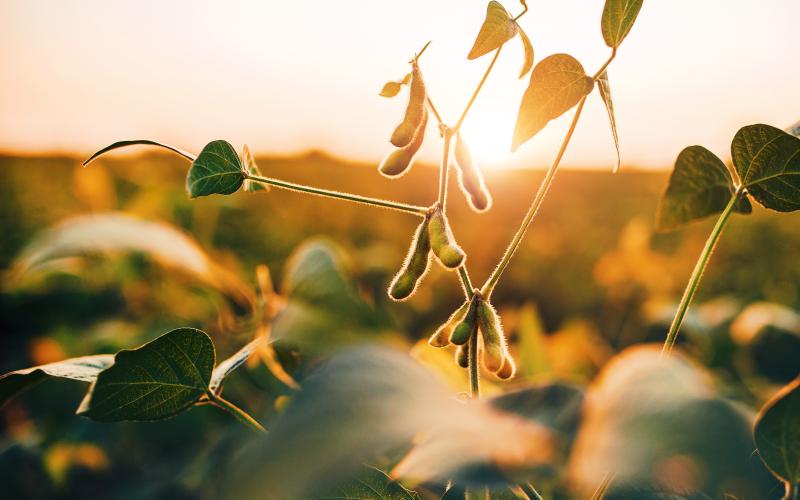
Best Management Practices for Soybean Production
This is your unbiased, research-based guide to soybean production to help increase yield, reduce input costs and protect your investment.
All Soybean Weeds Content
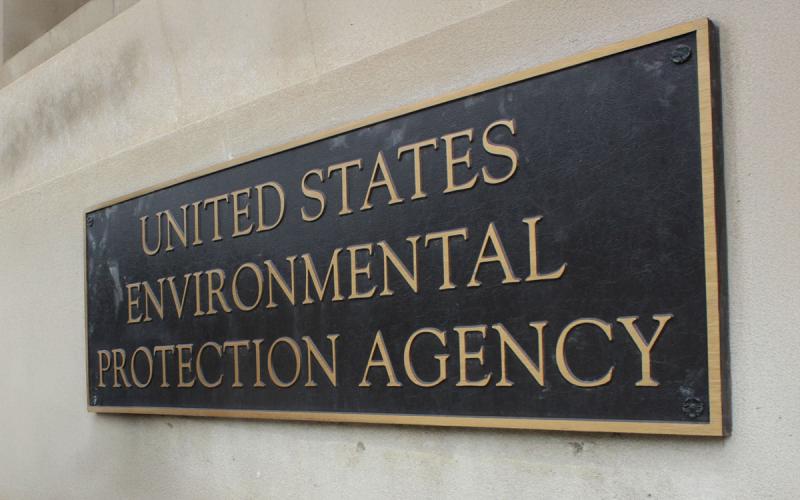
EPA Proposes a Decision to Approve Registration for Dicamba Labeling to Be Applied to Tolerant Soybean
Dicamba products previously labeled for overtop application to tolerant soybean are not registered for use during the 2025 growing season. However, the EPA has proposed to re-register these dicamba products for use in tolerant soybean starting in 2026.
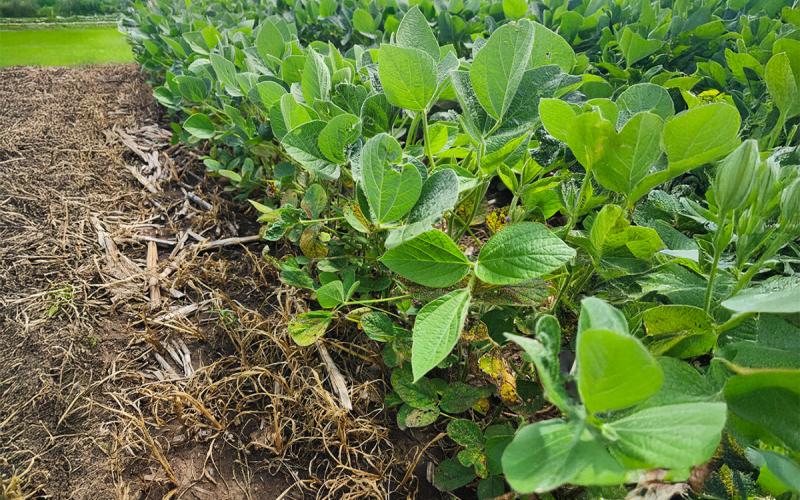
Burnt Soybeans Look a Lot Better Than Weedy Beans!
Prior to the introduction of Roundup-Ready soybean, growers were accustomed to soybeans exhibiting short-lived herbicide injury. While soybean plants may look unsightly from a PPO-inhibiting herbicide application, a more unsightly view is a soybean field full of weeds.
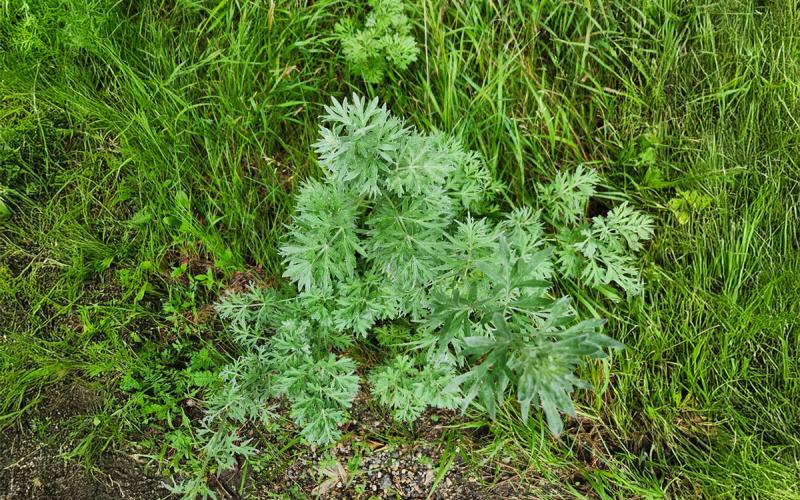
Absinth Wormwood Spray Window Passed: Mow now and plan to treat the regrowth in the fall
Absinth wormwood is a statewide noxious weed that inhabits cropland, pasture, rangeland, right-of-ways, and waste sites. If not effectively managed, the species can displace desirable vegetation, reduce crop yield and decrease land value.

Inexpensive and Simple Herbicide Programs in Corn and Soybean Will Not Be Effective
While selecting an inexpensive program with only one active ingredient in each application may be tempting due to the current agricultural economy, the result will likely be a more expensive problem in the future.
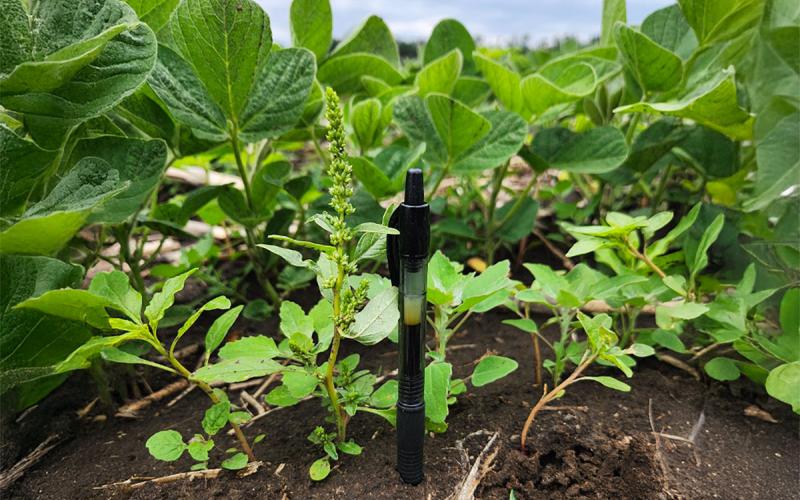
Waterhemp is flowering. No seeds present yet.
Waterhemp is one of the most-difficult weeds to manage in South Dakota row crops. While herbicide resistance is a great factor in the difficulty of managing this weed, the biology of the species plays an important role as well.
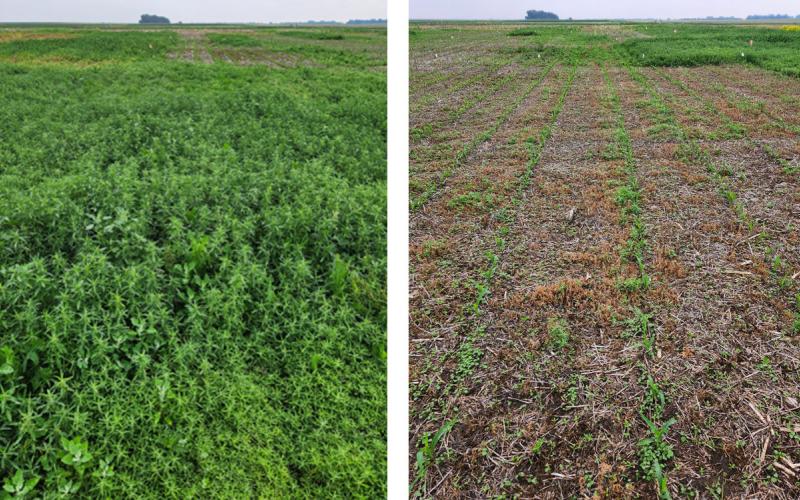
Glufosinate + lactofen is likely an effective mixture to manage kochia postemergence in soybean
Kochia is a difficult to manage weed that infests crops across South Dakota. Mixing effective herbicides is a tactic that can reduce selection pressure on resistant weeds and increase the effectiveness of weed management.
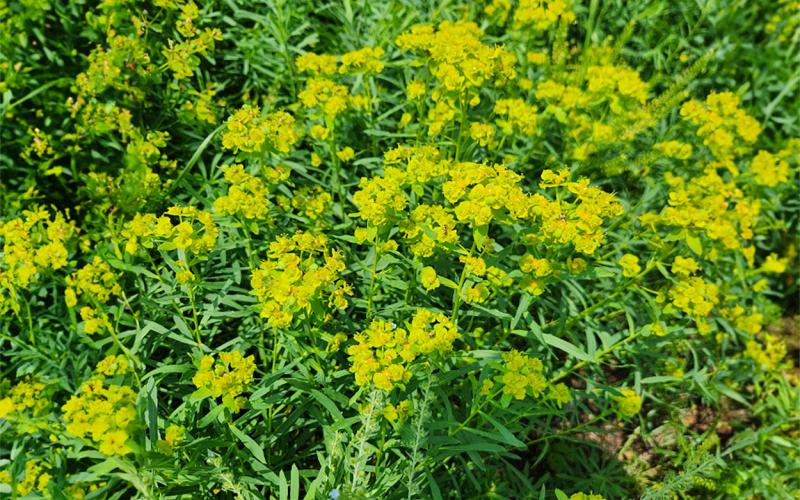
Leafy Spurge: Do I spray now or wait until fall?
In June, leafy spurge is one of our most problematic rangeland, pasture, and roadside weeds. It is also one of South Dakota’s noxious weeds that landowners are required by law to control. So should you spray it now or wait until fall?
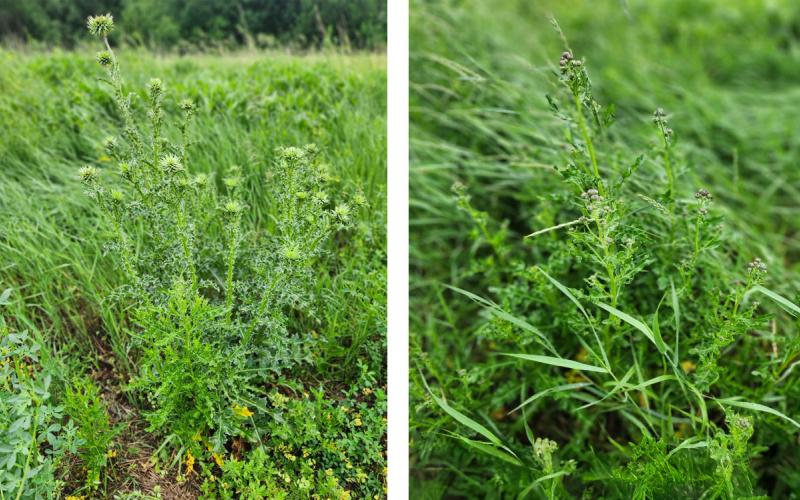
Thistle Species Are Budding in South Dakota
Thistles are starting to bud across South Dakota. This is a critical growth stage for management, as the plants are beginning to produce seeds and herbicides are not effective.
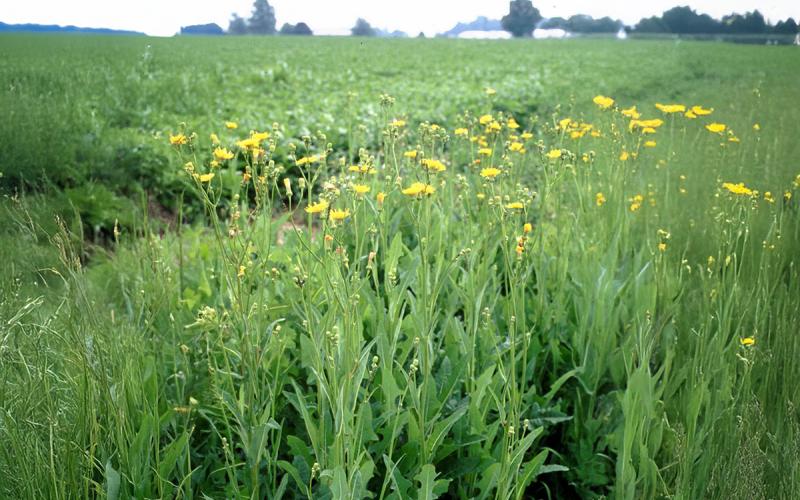
Perennial Sowthistle Management
Perennial sowthistle inhabits roadsides, pastures, rangelands, and croplands. It can be abundant in overgrazed, over-hayed, or over-mowed areas, as there is little desirable vegetation to compete against the weed.
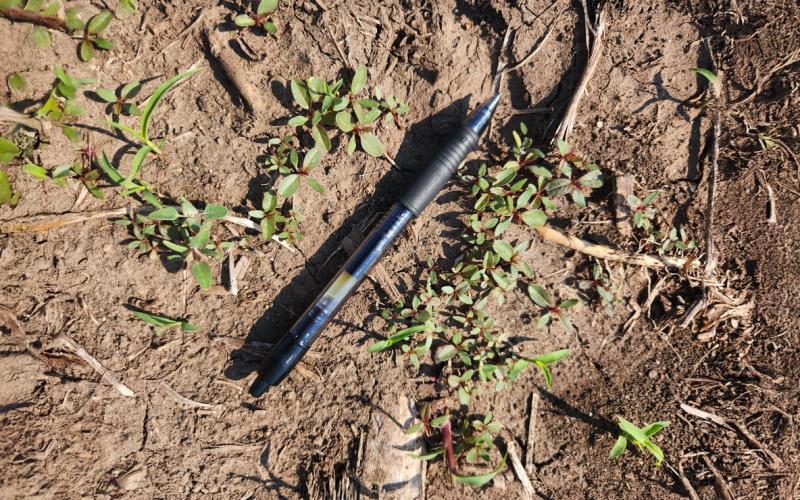
Waterhemp Has Emerged in South Dakota: Time to prepare for post-emergence management
Waterhemp has started to emerge across South Dakota. While waterhemp plants are small now, recent rain events and forecasted warmer air temperatures are ideal for waterhemp growth.